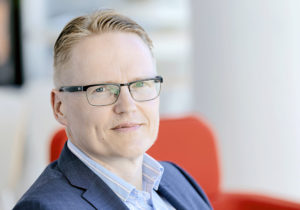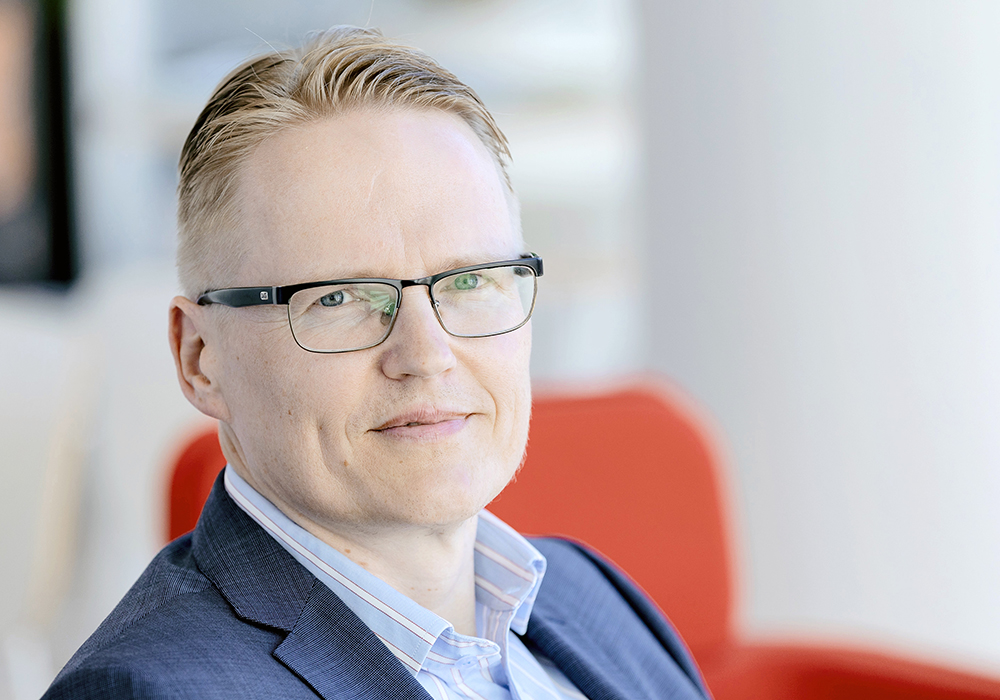 According to the Finnish Workers’ Compensation Center (TVK), occupational accidents cost society EUR 2–2.5 billion every year. When Mika Tynkkynen, the TVK’s Director, was interviewed, he stated in no uncertain terms that “occupational safety is nowhere near the optimum standard. There is a lot still to do, and development is known to stall once a reasonable level is reached. Finland is a good second-division country in terms of occupational safety.”
According to the Finnish Workers’ Compensation Center (TVK), occupational accidents cost society EUR 2–2.5 billion every year. When Mika Tynkkynen, the TVK’s Director, was interviewed, he stated in no uncertain terms that “occupational safety is nowhere near the optimum standard. There is a lot still to do, and development is known to stall once a reasonable level is reached. Finland is a good second-division country in terms of occupational safety.”
For Fingrid, 2019 was a year of contrasts in terms of safety. It was positive that more safety observations were made and more near-misses were reported during the year. The safety observation campaign, which finished at the end of the year, gave rise to some high-quality proposals that could genuinely improve safety.
The number of occupational accidents leading to sick leave, which numbered seven in total, was disappointing. Two of these were serious incidents: one requiring sick leave of more than 30 days and the other leading to a permanent disability. As a lost-time injury frequency per million working hours, this works out at approximately 5,5. The root causes of accidents were largely unchanged: slipping, uneven terrain and inadequate safety planning in changing circumstances. This is not acceptable. The target remains the same: zero accidents. The interim targets for 2020 are a lost-time injury frequency of less than five and more observations than in the previous year.
The feedback we received throughout the year indicated that some of our practices were considered to lack clarity or to interfere in contractors’ areas of responsibility. Based on this, we implemented a development project entitled “Crystal-Clear Line” at the end of the year with the aim of clarifying the occupational safety responsibilities of the client and suppliers. The overarching principle is to ensure that the responsibilities imposed by legislation are clear to the client and supplier and that the responsible parties discharge their obligations without impinging on each other’s areas of responsibility. In this issue, Expert Karri Koskinen
discusses the execution of the project and the targets for the new decade.
It is often said that attitudes and actions are decisive and that culture is the root of everything. Development must take place at every stage, and best practices need to be adopted. At its final meeting of 2019, Fingrid’s Executive Management Group decided to make a contribution to further improving the company’s culture of safety: we will jointly implement a workshop following the “Hearts and Minds” concept. The workshop is expected to lead to a stronger, more proactive culture of safety and a more effective system for managing occupational accidents.
What will you do to improve occupational safety in the new decade?
Timo Kiiveri Senior Vice President, Asset Management,
Fingrid






